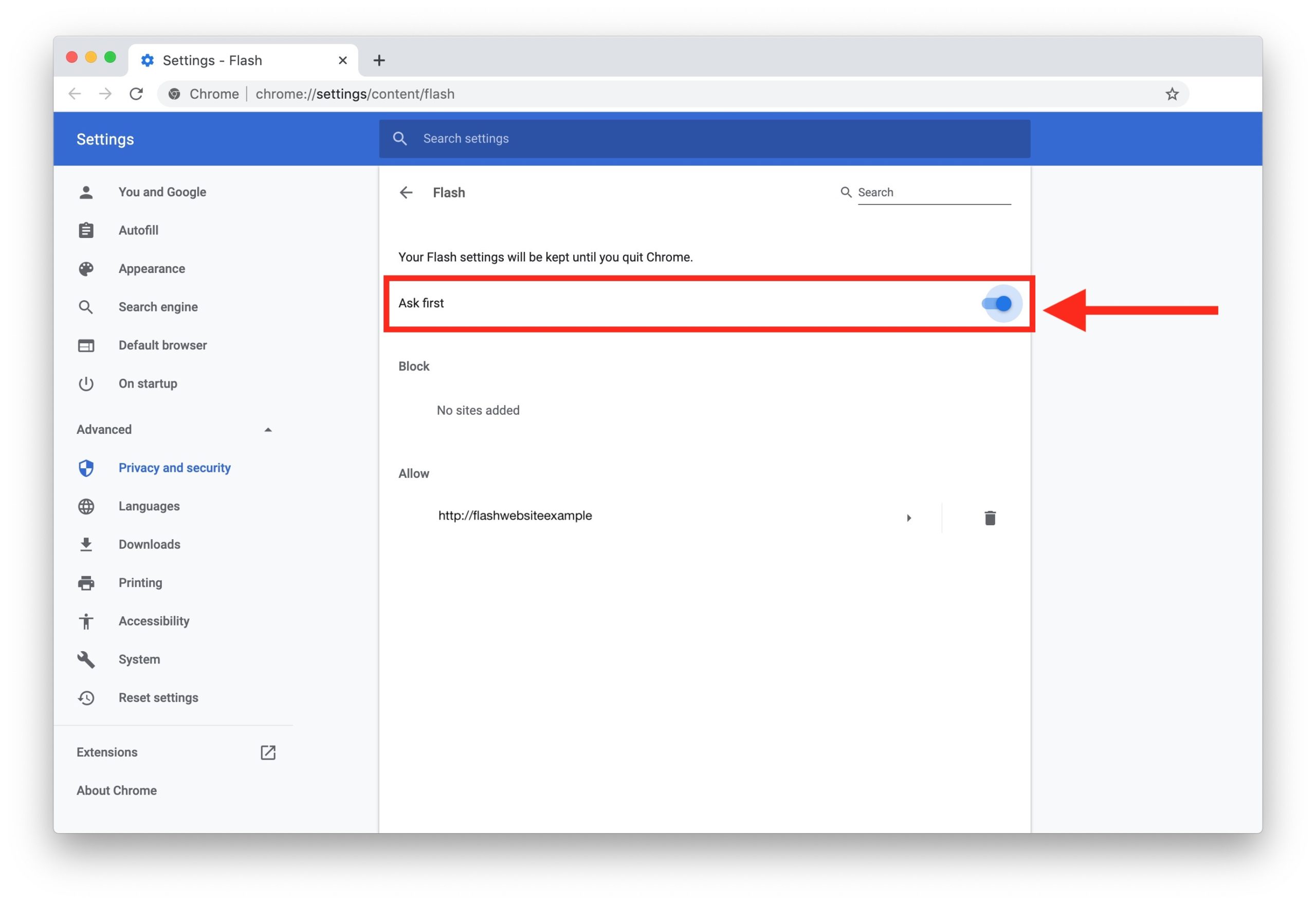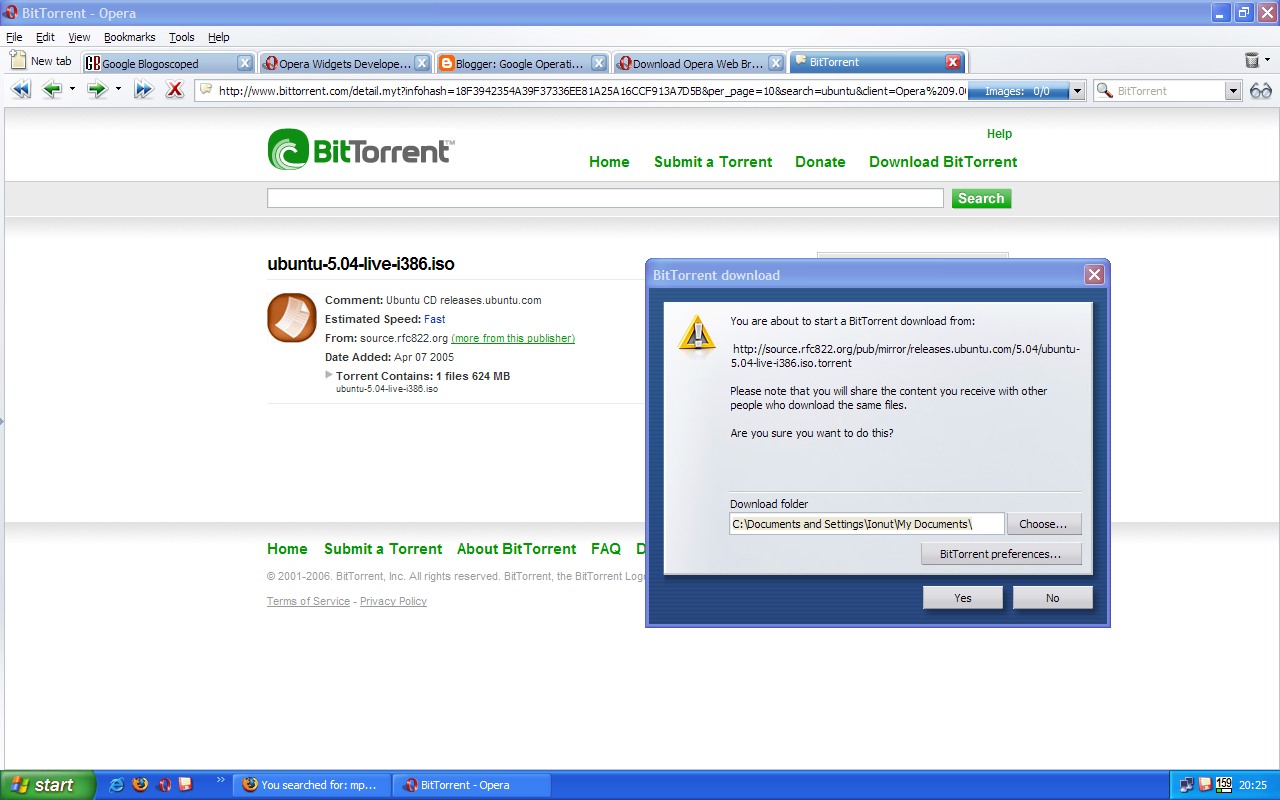How to Enable Adobe Flash Player on Chrome: Very Simple Tutorial (2019). Video Published - https://www.youtube.com/watc. Adobe Flash is disabled by default in Chrome, Edge Chromium, and Firefox. Here’re the steps to enable Adobe Flash in Chrome, Edge, and Firefox. Adobe Flash has been a staple of creativity and video sharing for a long time in almost all major browsers. As of 2021, Adobe has ended support for the Flash Player plugin. Flash content, including audio and video, will no longer play back in any version of Chrome. Visit the Chrome blog to learn more.
Explains how to enable Flash with easy step-by-step instructions to enable Flash in Chrome, Firefox, Edge, IE, and Safari on Macs.
The Adobe Flash Player is used to optimally display multimedia content on websites. Although out of date, Flash content is still being used to display elements of certain websites. In some browsers it is also necessary to activate the Flash Player after installing it.
If the Flash Player has been switched off in your browser, you can reactivate the function at any time. In this practical guide, we will show you how this works for the various browsers.
After turning on Flash, you may need to refresh the Flash content page or restart your browser to view the content.
Warning
You should be aware that Flash content is a favourite of malware creators, and thus can infect your computer with malware. It is best to use a safe browser (e.g. Chrome, Firefox, or Safari) to view Flash content. Always ensure that you only access Flash content from sites you trust.
How to enable Flash: instructions
How to enable Flash in Chrome
The Flash Player is always integrated in Google Chrome, but is deactivated by default. With a few clicks, the Flash Player becomes active again.
- Open a new tab and enter the command chrome: // settings / content / flash in the address bar above. If you confirm with the [Enter] key, you will get to the flash settings.
- If the option “Ask first” is activated, the Flash Player is active.
- If you see the option “Block websites from running Flash (Recommended)”, Flash Player is turned off.
How to enable Flash in Firefox
The Flash Player is not integrated in Firefox. Download and install the current version of Flash Player beforehand. You can then activate Flash in Firefox.
- Click on the menu button at the top right and select the “Add-ons” category.
- If you switch to the “Plugins” button on the left, you will find the entry “Shockwave Flash”.
- Right-click on the three dots and select the option “Ask me if I want to activate”.
How to enable Flash in Edge
As in Chrome, the Flash Player is already integrated in Microsoft Edge. However, a separate activation is necessary.
- Click on the menu button at the top right and select “Settings”.
- Scroll down to the very bottom and click on the “Show advanced settings” button.
- Activate the “Use Adobe Flash Player” option at the top so that the slider is set to “On”.
How to enable Flash in Internet Explorer
As with Firefox, you must also install the Flash Player with Internet Explorer. You should therefore first download the current version of Flash Player and then follow the activation instructions.

- Click on the gear icon in the top left and select the option “Manage add-ons”.
- Select “All Add-Ons” at the bottom left and look for the entry “Shockwave Flash Object”.
- Click on the entry and then on the “Activate” button at the bottom right.
How to enable Flash on Mac
Our how to enable Flash Safari instructions are in two sections, depending on which OS you have installed.
How to enable Flash on Mac OS X 10.11, MacOS 10.12, and later
- Open Safari (Click the blue compass icon in your Mac Dock).
- Choose ‘Preferences’… This option is in the Safari drop-down menu. Click on it to open a new window.
- Go to the Websites tab at the top of the window and scroll down to the Plug-ins section. Locate the Adobe Flash Player entry.
- Click the checkbox for Adobe Flash Player.
- Go the box when accessing other websites. You can find it at the bottom right of the window.
- Click on it to open a drop-down menu. The Approval option is in the drop-down menu.
- Choose which approval you want to allow. It enables Flash Player for Flash content from pages not listed in the Adobe Flash Player window.
- Safari now automatically loads Flash content and you don’t have to allow it to read before you can read it.
- Enable Adobe Flash Player for open websites. When you see the word deactivate scroll down next to a website in the main window and click on activate in the dropdown menu that appears.
How to enable Flash on Mac OS X 10.10
Allow Flash On Mac Chrome
- Open Safari, and choose Safari > Preferences.
- Note: If you are viewing Safari in full-screen mode, mouse over the top of the browser screen to see the menu.
- Click the Security tab. Ensure that Enable JavaScript and Allow Plug-ins are selected. Click Plug-in Settings.
- Select Adobe Flash Player.
- From the ‘When visiting other websites’ menu, choose On, and then click Done.
- For each website in the list, choose On.
- Click Done to save changes.
What to do if Flash crashes
Easy! Just end the process and restart it. To do this, just follow these simple steps.

- To open the menu, click on the three vertical dots in the upper right corner.
- Go to More Tools> Task Manager.
- Tap on the plugin: Shockwave Flash. Now end the process.
What version of Adobe Flash Player do I have?
Enable Flash On Chrome 2021
To ensure that Flash Player works properly and, above all, does not represent loopholes for malware, you should always keep it up to date. If you are not sure whether you have installed all updates, you can check the version of Adobe Flash Player.
- Open the Adobe website.
- Then click the Check Now button above.
- After a short moment, the key data for your version of Adobe Flash Player will be displayed.
- If you don’t have the latest version, download Adobe Flash Player.
- Then open the downloaded file and follow the instructions for installation.
Do I need an alternative to Adobe Flash Player?
It is already known that from 2020 onwards there will be no further support for Adobe Flash Player. But this does not mean that you now have to look around for an alternative for Adobe Flash Player.
- For years, Adobe Flash Player was used to display and play web videos, music and graphics in the browser.
- Even today, the Flash Player is still pre-installed in most browsers. If you land on a website that works with Adobe Flash Player, you will receive a message and you have to allow the Flash Player to be used.
- However, only old websites work with it.
- The vast majority of web content is now played using HTML5. This format works without additional software or browser plugins.
- The use of this format will replace the Flash Player in the next few years, so that you do not have to install an alternative for the Adobe Flash Player.
The Adobe Flash Player is not only out of date, it also repeatedly represents a dangerous security hole for malware infestation. Basically, you can already do without using it today and only allow the Flash Player if your browser reports the corresponding content.
On January 12, Adobe activated their End-Of-Life Killswitch, disabling Flash Player on millions of machines worldwide. Needless to say, not everyone is happy with the decision.
Many members of the Flash community have come up with workarounds to continue to run .swf files in the post-EOL era. Read on to find a workaround that best suits you!
Do you still use Flash Player? Data Horde is conducting a survey to see how frequently people continue to use Flash Player even at the very end of its lifespan. It would mean a lot to us if you could spare 5-10 minutes to complete a very short survey.
Emulation:
It’s still possible to run Flash Media (.swf files) without actually using Flash Player. Two mature Flash Player emulators are Ruffle (ActionScript 1&2) and Lightspark (ActionScript 3). Ruffle even has an online demo if you’d like to see it in action before installing.
You can find a more thorough list of emulators in the Flash Player Emergency Kit.
Chrome Flags:
If you’re using any version of Google Chrome, up to and including Google Chrome 87, you might not have to install anything at all! You should be able to continue to use an older version of Flash Player which was immune to the effects of the EOL Killswitch.
Simply run Chrome with the --allow-outdated-plugins flag:
Downgraded Firefox:
In addition to the EOL killswitch, Adobe have gone out of their way to remove downloads for previous versions of Flash Player from their website. That being said, there are ways to acquire a past versions of Flash Player, immune to the EOL killswitch.
An out-of-the-box solution is to install Waterfox, a modern fork of Firefox which also supports a lot of legacy features including Flash Player, among other things.
If you would rather stick to a more traditional approach, u/Cifra85 made a Reddit post on how to install a portable Firefox Browser which comes bundled with an older version of Flash Player:
If you’re concerned about incompatibility, another option is Firefox 78 ESR (Extended Support Release) which will continue receiving updates until September of this year.
Modify Configuration File:
Adobe has made it no secret that they intend to offer a killswitch workaround for enterprise customers, via their partner HARMAN, starting February. Leave it to the online Flash community to discover it in January!
Spider, an Adventure Quest fanatic, was one of the first people to discover that all it took was a couple of modifications to a configuration file!
If you’re not on Windows, mms.cfg goes in /Library/Application Support/Macromedia on Mac and /etc/adobe/ on Linux. For more details on mms.cfg see Flash Player 32’s manual (page 41).
Flash Player Projector:
Using the Flash Player projectors, it’s possible to run .swf’s outside of a browser, with some minor limitations. Strangely projectors for Windows, Mac and Linux have not been removed from from Adobe’s website and are still available.
Flash Player projectors can be downloaded from Adobe’s Flashplayer Debug Downloads Section, and mirrors can be found on the Wayback Machine and the Internet Archive.
Alternative Ways of Running Old Versions of Flash:
As a final workaround, you can try running an old version of Flash Player outside of a browser. Although there are a number of third-party archives out there, setting these up can be non-trivial.
Instead we would highly recommend Bluemaxima’s Flashpoint, a Flash game/animation Browser of sorts which comes with a built-in older version of Flash Player.
We hope you were able to find a solution that works for you. If you have any comments or suggestions let us know at datahorde@gamingalexandria.com.
Now go on and spread the word! Tell all your friends and family how they can continue to use Flash Player even in 2021!
